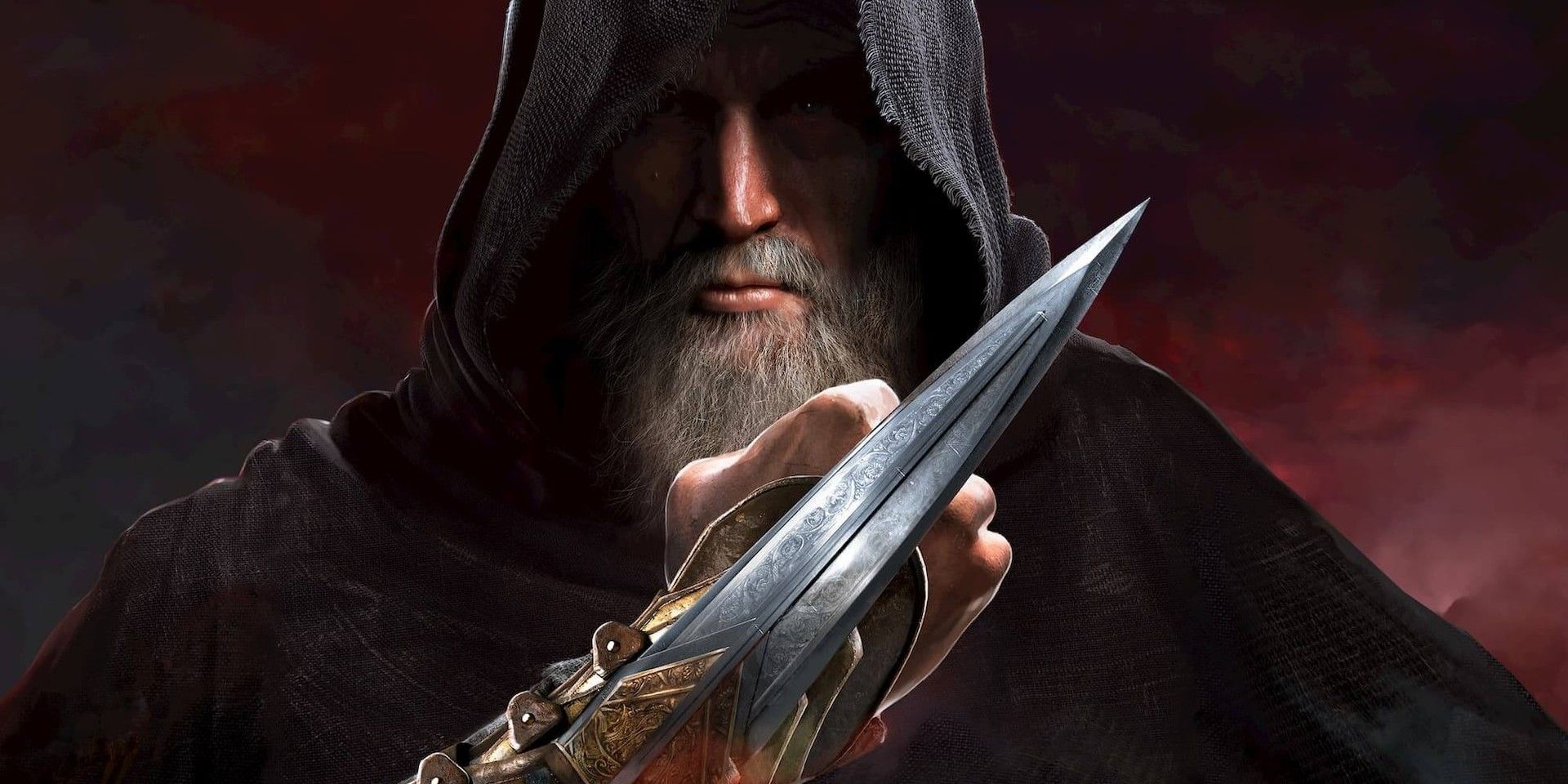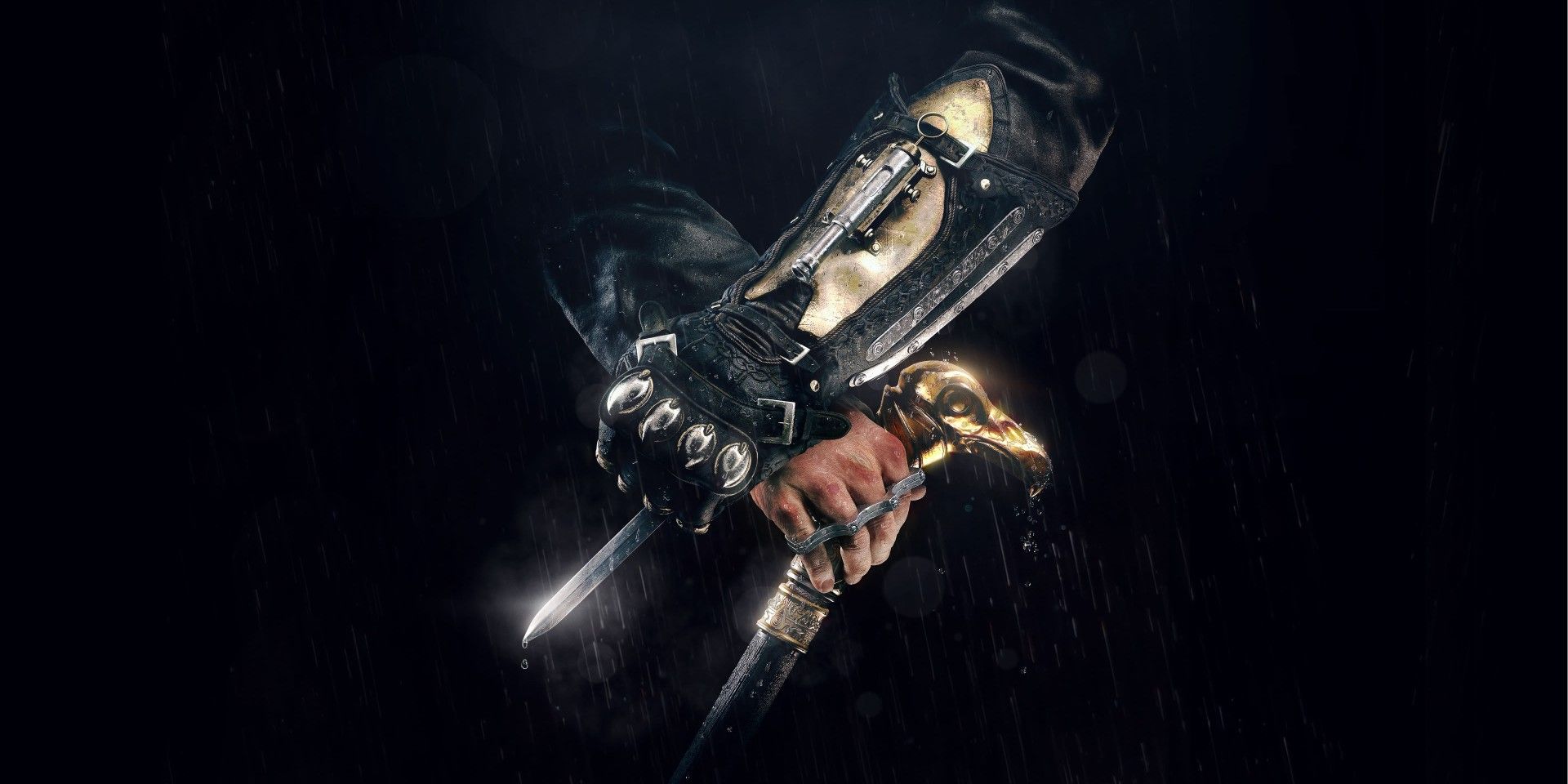Very few weapons in video games are as iconic as the Hidden Blade from Assassin's Creed. One could argue that the long-running franchise wouldn't be what it is today without the crafty device. The Hidden Blade is a trademark among the Assassin Brotherhood and underwent many transformations as the generations passed. Because of this, the stealthy weapon has an extensive history.
The Hidden Blade isn't your average everyday weapon. It has been specially designed for members of the Assassin Brotherhood to carry out their orders as effectively as possible. Its easy to conceal and lethal nature makes the Hidden Blade a perfect weapon to eliminate targets swiftly.
The earliest use of the Hidden Blade can be traced back to the fifth century. One of the original assassins, named Darius, used the device to kill King Xerxes I. Its design was relatively simple. It consisted of a sizable blade extending from a release system located on the wrist guard. Darius passed his Hidden Blade down through the generations until his descendant, Aya, received it from Cleopatra. Aya then gave it to her husband, Bayek, who accidentally cut off his ring figure with it. This amputation would become a tradition among assassins.
The Levantine Brotherhood of Assassins eventually helped established the first concrete design of the Hidden Blade. The early models consisted of a string connecting a ring to the blade. Assassins would place the ring around their little fingers and extend it in order to draw the blade. This version of the Hidden Blade required assassins to amputate their ring finger (which was already a tradition) so the blade could extend between their little and middle finger.
The Hidden Blade continued to evolve after enemies of the Levantine Assassins started recognizing members by their amputated ring fingers. Levantine Mentor Altair Ibn-la'Ahad revised the Hidden Blade in the 13th century. This version didn't require assassins to cut off their ring finger making them less recognizable to their enemies. The 13th century Hidden Blade added a pressure switch, making the device easier to operate.
Altair Ibn-La'Ahad's Codex reveals that he wanted to add upgrades to his version of the Hidden Blade. Leonardo da Vinci incorporated these upgrade ideas into his design after famed assassin Ezio gave him Altair's lost Codex pages. Advancements such as a poison dart launcher and extra armor were added to the device, drastically enhancing its ability. The Hidden Blade received additional improvements later on, including a pivot, hook and trident blade.
The Hidden Blade continues to be a weapon of choice among members of the Assassin Brotherhood, and its return in the upcoming Assassin's Creed Valhalla has already been teased. It has been passed down from generation to generation, aiding some of the best assassins fans of the franchise have ever seen. The slight improvements have made the already deadly weapon even more lethal. The Hidden Blade will likely go down as one of the most iconic weapons in video game history.


